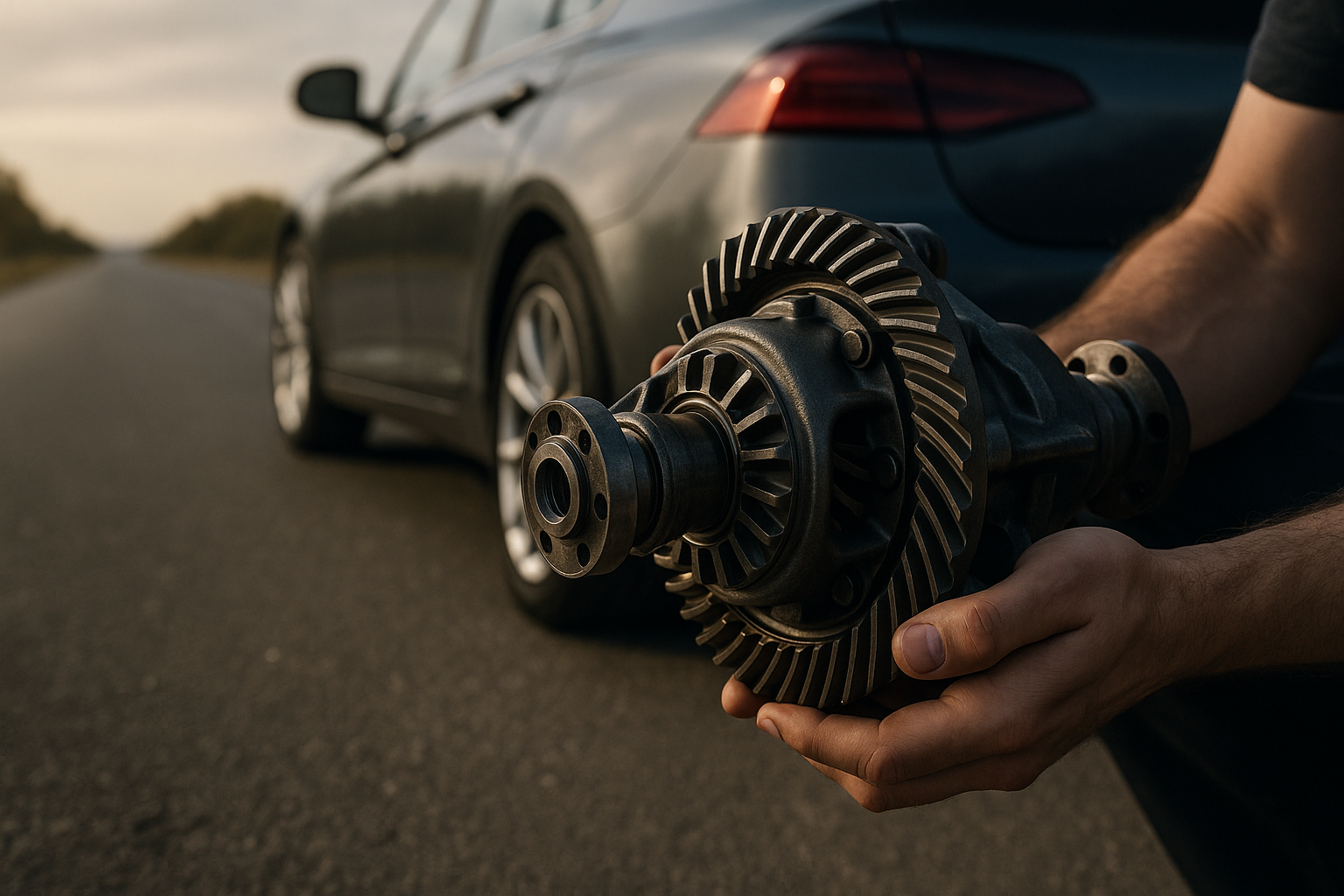Salvaged Cars: What They Are and How They’re Managed
A salvaged car is a vehicle that an insurer, owner, or authority has declared to have sustained damage significant enough that it’s not economical to repair to pre-loss condition. Salvage determinations vary by jurisdiction and by insurer, and a vehicle with a salvage title may be repaired, dismantled for parts, or sold for scrap. Understanding how salvaged cars are classified, inspected, and reused helps owners, buyers, and recyclers make informed decisions about repair, resale, or recycling pathways.

What is a salvaged car?
A salvaged car typically carries a salvage title or equivalent notation indicating that it suffered damage—such as from collision, flood, fire, or theft recovery—and an insurer determined repairs would exceed a set percentage of the vehicle’s value. That threshold and the exact label vary by state or country, but the result is common: the vehicle is recorded as having a major loss on its history report. Salvaged cars can be sold at auction, retained by owners and repaired, or transferred to wrecking yards; consumers should review history reports and local title laws before purchase.
How does a junk car get a salvage title?
A junk car often becomes a salvaged vehicle when an insurer declares the cost to repair it greater than the car’s pre-loss market value or when damage renders it unsafe or ineligible for standard registration. In many cases a junk car is towed to a scrap yard, sold through salvage auctions, or retained by the owner who may pursue repairs and a rebuilt title. The term “junk car” is sometimes used informally for vehicles beyond economical repair; a formal salvage title is a legal status applied through the motor vehicle or insurance system after assessment.
What to inspect on a salvaged vehicle?
When evaluating a salvaged vehicle, focus on structural integrity, flood or corrosion signs, airbag deployment, frame alignment, and evidence of professional repairs. Check the vehicle history report for event descriptions and title branding, and request documentation of repairs and inspections. Mechanical systems—engine, transmission, brakes, suspension—should be tested by a qualified technician. Electrical issues and water damage can be especially costly long-term. Verify local requirements for inspections, rebuilt titles, and insurance availability before committing to purchase or repair.
Can salvaged cars provide auto parts?
Yes. Salvaged cars are a significant source of reusable auto parts, from body panels and engines to interior components and electronics. Auto recyclers and dismantlers recover parts that still meet safety and performance standards and resell them at lower cost than new components. Recycled parts reduce waste and lower replacement costs, but buyers should confirm parts’ condition, compatibility, and any warranties. Professional dismantlers follow environmental and safety protocols for fluid drainage, battery removal, and airbag handling to ensure parts are removed responsibly.
How is scrap metal recovered from salvaged cars?
When a salvaged car has little value for repair or parts, it often proceeds to recycling for scrap metal recovery. Recyclers strip valuable fluids and hazardous materials, remove reusable parts, and then shred or crush the remaining shell. Ferrous metals (steel, iron) are separated from non-ferrous metals (aluminum, copper) and sorted for melting and resale to metal processors. This process reduces landfill use and returns material to manufacturing streams. Environmental regulations commonly govern fluid containment, emissions, and responsible disposal of non-recyclable residues.
A salvaged title affects a vehicle’s legal status, insurability, market value, and resale prospects. Buyers considering a salvaged car should factor in inspection and repair costs, potential difficulty obtaining financing or comprehensive insurance, and future resale limitations. Owners of junk cars who choose to sell can often recover value through parts sales or scrap metal recycling, while those who repair and re-title a vehicle must comply with inspection regimes and disclosure rules. Local services—salvage yards, licensed dismantlers, and inspection stations—play a key role in each option.
Salvaged cars can be repaired back to safe use, dismantled for parts, or recycled for scrap metal; the appropriate path depends on the vehicle’s condition, legal title rules, and economic factors. Careful documentation, professional inspections, and compliance with local regulations help ensure safety, environmental responsibility, and accurate valuation of vehicles with salvage histories.





